What affects capitalization rate behavior? - by John Rynne
 What affects cap rate behavior?
What affects cap rate behavior?
Overall capitalization rates are affected by many factors. Interest rates are one of the most notable but somewhat overrated. Overall cap rates are one the most discussed terms in the real estate market. That’s because one of the keys to estimating value for income producing properties is overall cap rates. In certain respects overall rates are the most stable I have seen in my 46 years in the appraisal field. For the past 15+ years there hasn’t been any drastic movements except for the sub-prime loan debacle which peaked in 2009 and part of 2010. Even then, overall capitalization rates didn’t move outrageously upward. For a long period of time between the 1960’s through the mid 1970’s there wasn’t a lot of movement in overall capitalization rates. That changed later in the 1970’s and through the early 1980’s when overall cap rates sky rocketed due to huge interest rate increases. General mortgage interest rates were as high as the mid to upper teens (14-18%).
Interest rates have a large effect on overall capitalization rates because most properties are financed and at the same time compete against safer investments like Certificates of Deposits (CDs) which were near the mid-teens at their peak in the early 1980’s. After interest rates declined substantially by the mid 1980s, overall capitalization rates also followed. There was actually a period that overall capitalization rates actually declined much earlier than interest rates because of the Economic Recovery Tax Act of 1981 (ERTA). This legislation gave huge accelerated depreciation, capital gain, benefits, etc. to income property for about five years until the Tax Reform Act (TRA) of 1986 took away some of the extreme accelerated depreciation benefits. After that, cap rates spiked briefly after the 9/11 tragedy in 2001. However, the Federal Reserve acted quickly to reduce interest rates to a very low level. This low level of interest rates has continued up until the present. In fact, over the past quarter the 10-year treasuries declined approximately 50 basis points to approximately 2%. The Federal Reserve Board had increased interest rates during 2017 and 2018 which put a slight upward push on overall capitalization rates. At that point interest rates again played a major role in affecting overall capitalization rates.
One of the most used methods in the income approach is direct capitalization in which overall cap rates play a major role. One of the cool aspects of direct capitalization is it only directly involves two ingredients in estimating value (Vo). Net Operating Income (NOI) divided by Overall Capitalization Rate (Ro) equals value – or NOI/Ro =Vo. As an example, if NOI=$100,000 and Ro=10% the Vo is $1 million.
There are a number of ways to find overall capitalization rates including but not limited to band of investment techniques, residual methods, and using market research to find properties that have a verifiable NOI and sale price. The overall cap rate (Ro) is equal to NOI divided by Sales Price (SP) or Ro=NOI/SP. In the previous example, the overall rate would be 10% based upon $100,000/$1 million. As is pointed out in the early parts of this article, interest rates have an important effect on overall capitalization rates through monetary policy. However, other macro influences such as fiscal policy was exemplified by the ERTA of 1981 and TRA of 1986 examples.
There are some micro-economic influences such as property types, condition, quality, age, etc. One of the biggest influences on overall capitalization rates, especially for single-tenant buildings, is the financial strength of the tenant and the duration of the lease. As an example, A MacDonalds restaurant lease with long lease duration has exhibited some cap rates in the 4% + or - range. Small local restaurant leases could exhibit overall capitalization rates in the 8-10%+ rate range even with a long duration lease.
It’s also important to understand the source of the cap rates. As an example, a broker asked me recently what cap rates were appropriate for a modern light industrial property. I cited a recent survey in which light industrial cap rates had an average 9.25%. He stated that was much too low; but he did not use vacancy, management or reserves as expenses. In many cases, these are substantial expenses which explains much of the difference in his opinion regarding cap rates. If an individual doesn’t consider vacancy, management, or reserves, a much higher overall capitalization rate is appropriate. Thus, this example shows it’s important to the balance and consistency of how vacancy, expenses, etc are considered.
In summary, it’s important to remember interest rates are not the only important influence on overall capitalization rates. Although very influential, interest rates are only part of the effect on overall capitalization rate behavior.
John Rynne, MAI, SRA, is president and owner of Rynne, Murphy & Associates, Inc., Rochester, N.Y.
Hanna Commercial Real Estate brokers Agri-Plastics 64,000 s/f manufacturing facility lease at Uniland’s 2 Steelworkers Way


Behind the post: Why reels, stories, and shorts work for CRE (and how to use them) - by Kimberly Zar Bloorian

Lasting effects of eminent domain on commercial development - by Sebastian Jablonski
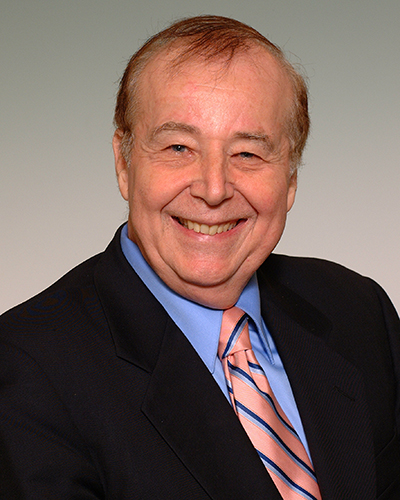
AI comes to public relations, but be cautious, experts say - by Harry Zlokower



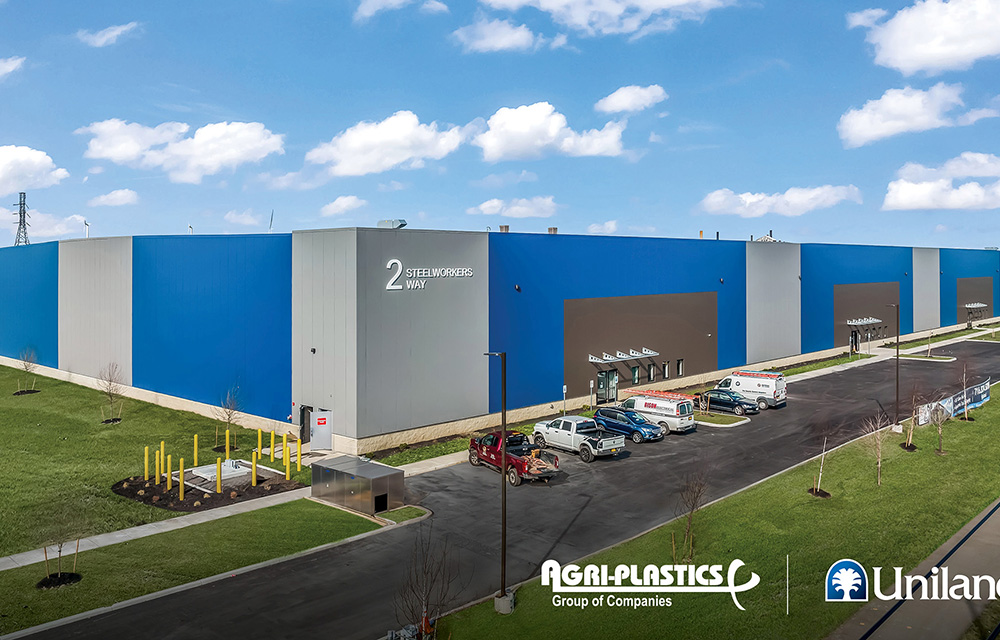
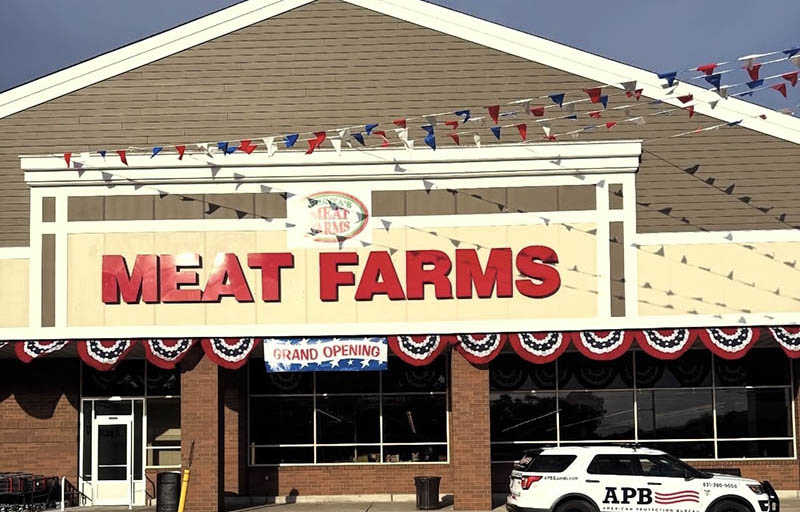
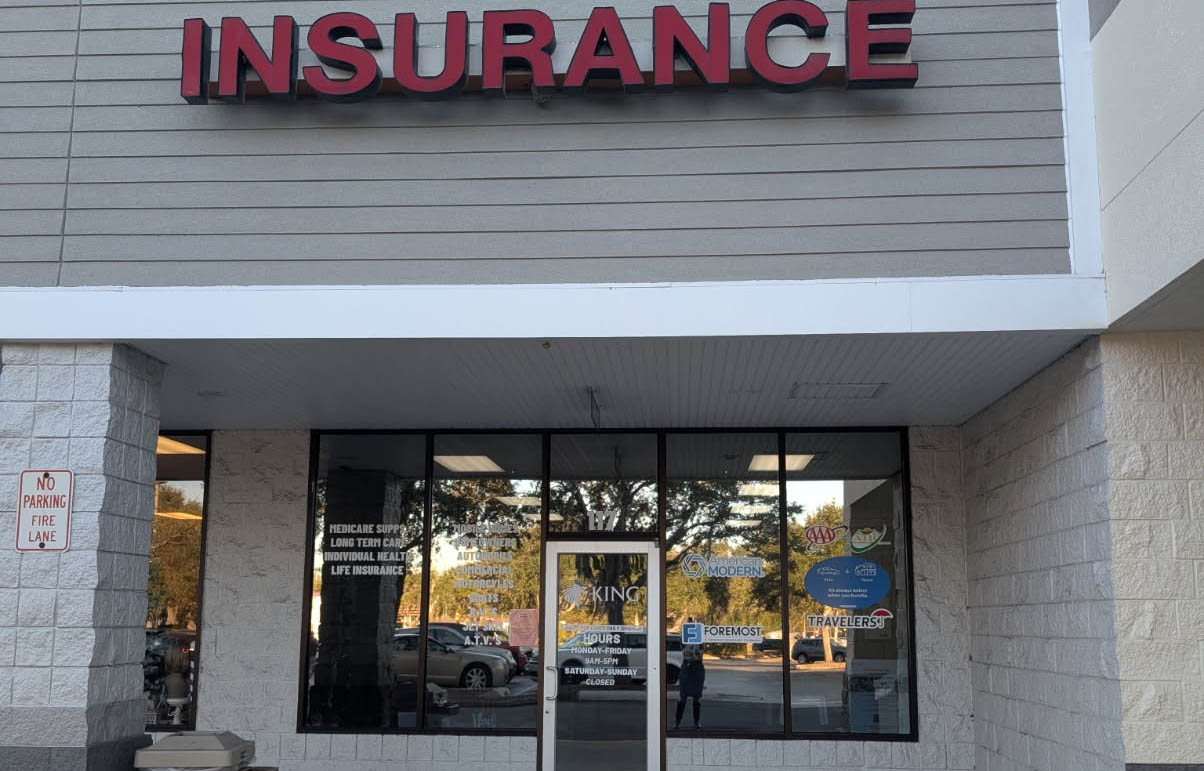
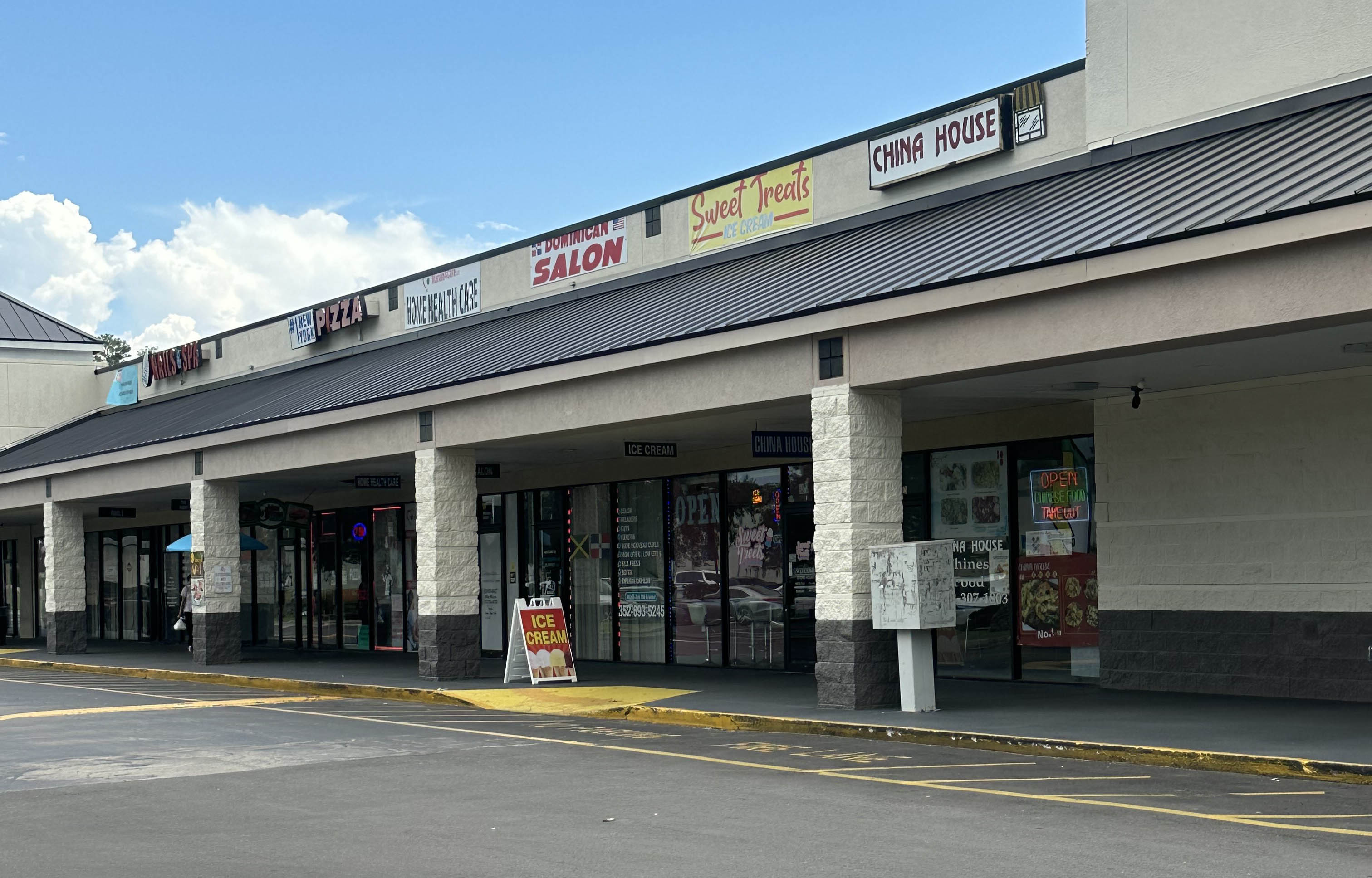


.jpg)

.gif)